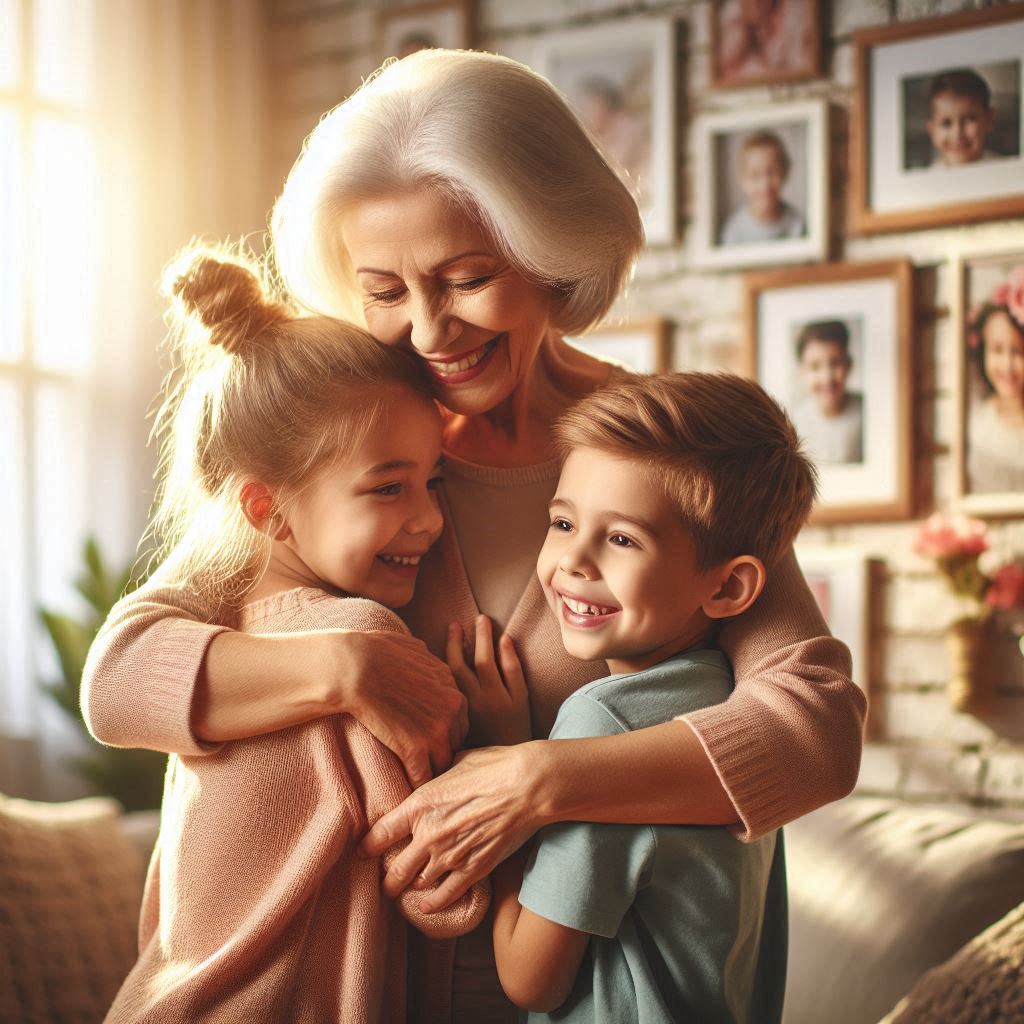Alright, so let’s break this down. Picture this: A woman walks into therapy, feeling totally crushed because her husband just dropped a bombshell, leaving her for someone else after 20 years. Imagine the kind of emotional rollercoaster she’s on. She’s not just sad; she’s overwhelmed to the point where it messes with her health, causing a heart attack. That’s some heavy stuff!
But here’s where it gets interesting. Dr. Dan Tomasulo steps in. He’s like, “You can bounce back from this!” He didn’t just help her get through the dark days; he taught her how to cultivate hope. Yup, you read that right! Being hopeful isn’t just some airy-fairy concept; it’s something you can learn and practice. Why’s that important? Because hope can actually be a game-changer for mental health. It can help us rise above feelings of depression, sadness, or even those moments when the world feels like it’s closing in.
Here’s a shocker: A lot of teens, especially girls, are feeling hopeless these days. According to the CDC, 57% of U.S. teen girls reported feeling persistently sad or hopeless. That’s a huge number! In fact, mental health issues like anxiety and depression are hitting harder than ever among young adults. But there’s good news! Experts say that learning to be hopeful can save lives. Just like learning any new skill, it takes practice and a bit of effort, but it’s totally worth it.
So, what’s hope? Well, it’s more than just wishing to win the lottery or scoring a sweet job. It’s about setting realistic goals, staying motivated, and figuring out how to overcome obstacles when they pop up. That’s right, hope is a strategy! It’s something you can build on, and it helps ground you even when life throws some curveballs your way. Whether you’re hitting a rough patch or just trying to figure out life, hopefulness might just be the secret sauce for better mental and physical health. So let’s start working on that in our daily lives, because you totally deserve to feel good and thrive!
Let’s dive into this whole vibe of moving from feeling hopeless to embracing hope. So, Dr. Tomasulo points out something super interesting: hope doesn’t just appear out of nowhere. It actually kicks in when stuff goes wrong. Think about it – all the other positive emotions we talk about? They don’t need negativity to get rolling, but hope? It’s like the phoenix that rises from the ashes of bad experiences.
To make sense of it all, Tomasulo uses this cool analogy with pebbles and feathers. Imagine those pebbles are all the negative thoughts you have – like when you feel down about school or friendships. Now, the feathers? They’re the positive thoughts. To find your way to hope, the goal is to get more feathers in your life compared to those pesky pebbles. So, for the woman who was dealing with her husband’s cheating and a massive health scare, she had to start focusing on what she was grateful for. This totally shifted her perspective. Instead of being bogged down by sadness, she began to notice the good stuff – like her friends bringing her food and the joy of hanging out with her beloved horse.
When she leaned into gratitude and kindness (like volunteering at a food pantry), she started to feel better about herself. This wasn’t about ignoring her pain; it was about making the choice to focus on hope and what she could do in the future. And guess what? In just six months, she was back in the saddle, not just physically but also in her life! She got a new job and navigated through her divorce. This proves that you can be aware of the not-so-great times in your life but still choose to cultivate hopefulness instead.
Now, what’s the science behind all this? Dr. Crystal Bryce, who studies hope, found that it takes a lot of effort. She’s looked at how hope levels change in kids from middle school to high school. Turns out, hope tends to dip when you hit eighth grade, but can bounce back when you transition into ninth. The stress of school can be a major downer, so if we teach people how to set goals and be hopeful before heading into high school, it can seriously help reduce stress and boost motivation. More hope means less stress – and that’s something we could all use, right? So, let’s channel those feathers and craft a future filled with hope and positivity together!
So, here’s the scoop on how teaching hope can totally change lives for both kids and adults! There are some super cool programs popping up that aim to spread hopefulness, like the initiative called Hopeful Minds. This project was created by the International Foundation for Research and Education on Hope (yup, that’s a thing), and it’s all about giving students, teachers, and parents the tools to develop a hopeful mindset. They’ve got 16 lessons that are about 45 minutes each, and get this—over 5,000 people have downloaded these lessons in 47 countries, totally free of charge! How awesome is that? Kathryn Goetzke, the founder, knows firsthand how important hope is. Her dad passed away by suicide when she was starting college, which really rocked her world. But she turned that grief into a mission to help others learn how to cope with life’s challenges through hope.
Another rad program is Kids at Hope started by Rick Miller at Arizona State. It’s all about flipping the script on kids who are seen as “at risk” and showing them that they’re actually full of potential. Instead of putting them in a box, this program helps create an environment where every kid gets a chance to succeed, no matter their background. Kids at Hope is spread across 24 states and has made its way into 475 schools and juvenile justice systems. The idea is simple: adults need to believe in kids and connect with them. Plus, they introduce something called mental time travel, which sounds epic. It’s like using your imagination to envision a bright future, and it really helps kickstart that hope!
Miller’s program has trained over 125,000 adults and reached more than 1.1 million kids, aged 3 to 18. That’s a serious amount of hope being spread! They’ve worked with everyone from teachers to bus drivers, showing that it takes a whole community to raise hopeful kids. Miller emphasizes that hopeful people generally thrive more—socially, emotionally, and even financially! It’s like hope is a superpower. So while some might think hope is just a wishy-washy feeling, there’s a strategy behind it. We get to choose hope every day, and that choice can lead us toward a better future. Whether it’s in the classroom, the workplace, or everywhere in between, teaching hope is a game-changer for us all!




